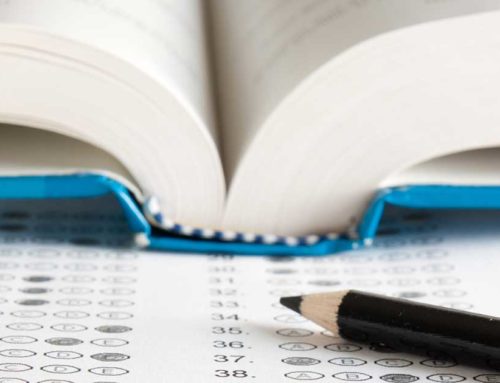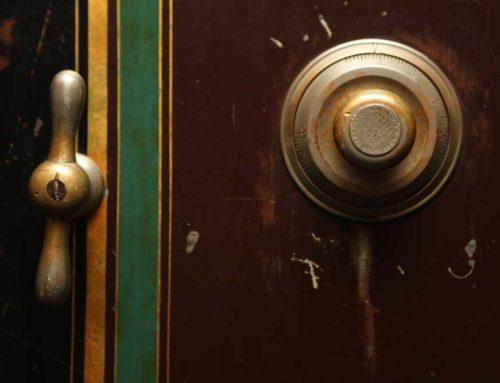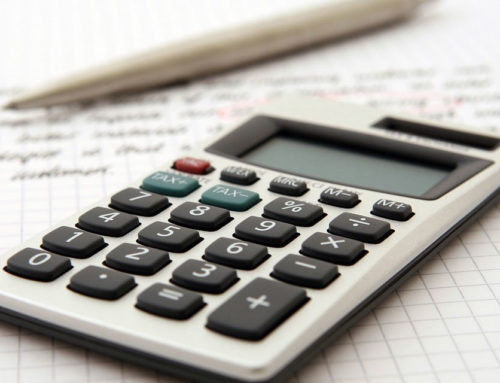Will you be receiving a tax refund this year? If so, you have the opportunity to make some smart financial choices – and best of all, you can make them painlessly. Here’s how: Direct deposit your refund. That way, all or part of your tax refund will automatically be deposited via electronic transfer system into a bank account that you choose – or two or three different accounts if you like.
If you’re a traditionalist, you may be thinking of checking or savings accounts. But other options are available, such as accounts you have in mutual funds, brokerage firms, or credit unions. You can also make deposits to your individual retirement account, health savings account, or Coverdell education savings account. Alternatively, you can choose to buy electronic or paper U.S. savings bonds. In addition, this year you have the option to deposit your refund into a retirement account known as a “myRA.” A myRA (short for “my Retirement Account”) is guaranteed by the U.S. Treasury, costs nothing to open, and has no fees.
What do you need to do? Double-check with your financial institution that the account you want to send your refund to accepts direct deposit, and ask for the institution’s routing number. Verify your account number, complete Form 8888, Allocation of Refund (Including Savings Bond Purchases), and attach it to your tax return.
One caution: Be sure you use the correct routing and account numbers. Making an error could result in your refund going to someone else’s account, in which case you’ll need to work with your bank to get your money back. For other mistakes, such as an incomplete routing or account number, the IRS will generally send you a paper check.
Have questions about direct deposit? Contact us. We’re here to help.






